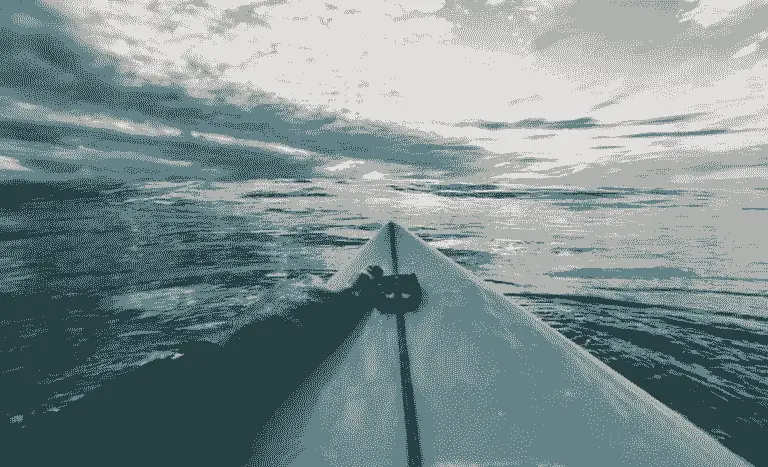When a surfer paddles to catch the wave, they are said to be “catching the wave” when the wave touches the surfboard’s tail and begins to propel them.
The first stage in surfing is learning how to catch waves. To avoid falling when riding waves, there are indeed several methods that one might use.
Before or after the wave has broken, you choose to catch it. Before it breaks, you should be able to drop down the wave’s face and rise when it does.
Having trouble learning to surf? Here are some high-quality surfing tips from a real surfer.
Best Surfing Tips and Suggestion’s
After the waves subside, the whitewash is left behind. You will be pushed towards the shore if you catch the wave at this moment.
Once you know where the wave will break, you’ll need to decide when to begin paddling to get in the best position to catch the wave.
Afterward, turn the board so that the nose is towards the shore and start paddling as the wave approaches so that you may catch it either before or after the break.
As the wave approaches, you should perform the following two things to improve your chances of catching your first wave:
- Stand on top of the surfboard and push it toward the beach.
- To avoid pearling, make sure you’re in the “sweet spot” of your surfboard, located in the middle of the board.
- Paddling is the next step after gaining your footing. Paddling aids in keeping up with the wave’s pace over time. After some while, the wave will begin to pull you up. First-time surfers are thrilled to catch their first wave at this point in the process.
Surfing, like many other pursuits, including all sports, is a difficult one. It takes time, effort, and practice to catch the waves.
Don’t let yourself become disheartened if it takes you a while to grab a wave and ride it. You’ll be catching tiny to huge waves in no time if you put in the effort to learn.
Surfing on a shortboard is the most advanced, here is how you can learn to ride a shortboard in a short period of time.
Here are my best surfing blog posts
- Beginner to Intermediate Surfer Advice (Best one)
Catching Waves on a Surfboard
When the wave is low, and the waves aren’t breaking close to the coast, head to the beach breaks.
- Sit on the outside portion of the surfboard where the wave break.
- You should keep an eye on the swell and choose a wave as soon as feasible.
- Relax and locate a balance point on the board while lying down.
- The board will dive if you lean too far forward. You will never catch a wave if your weight is shifted too far to the rear.
- Keep an eye on the wave’s progress by keeping a lookout over your shoulder.
- Paddle one arm at a time, arching your back and cupping your hands.
- If you want to get the best paddle in, get the most out of each stroke, make sure it is long and smooth.
- Paddling should be in sync with the wave’s pace.
- Keep your gaze on the sand and spring up quickly when the wave begins to break behind you
- The best strategy is to have a low stance and ride the wave toward the beach.
How you can go from beginner surfer to intermediate surfer fast. Here’s a full article on it.
